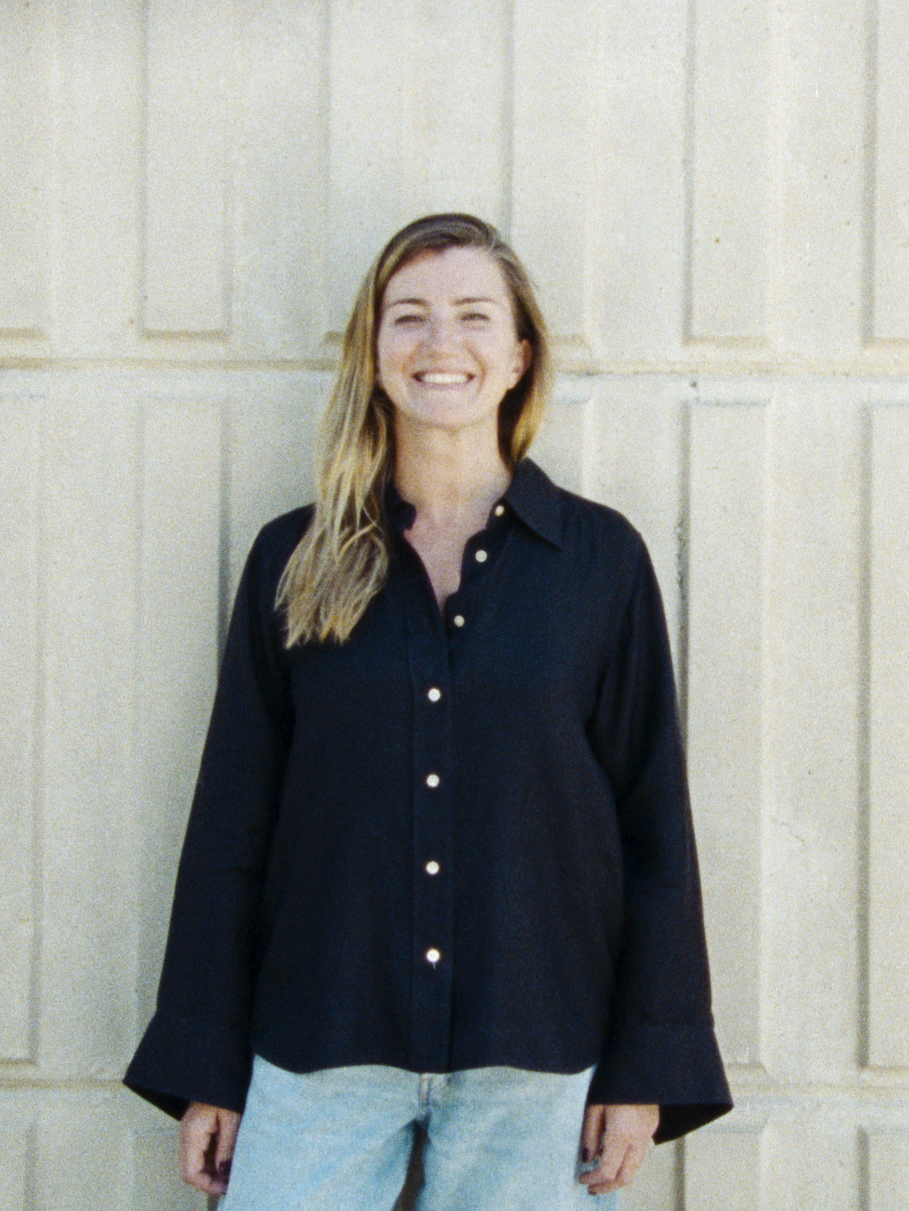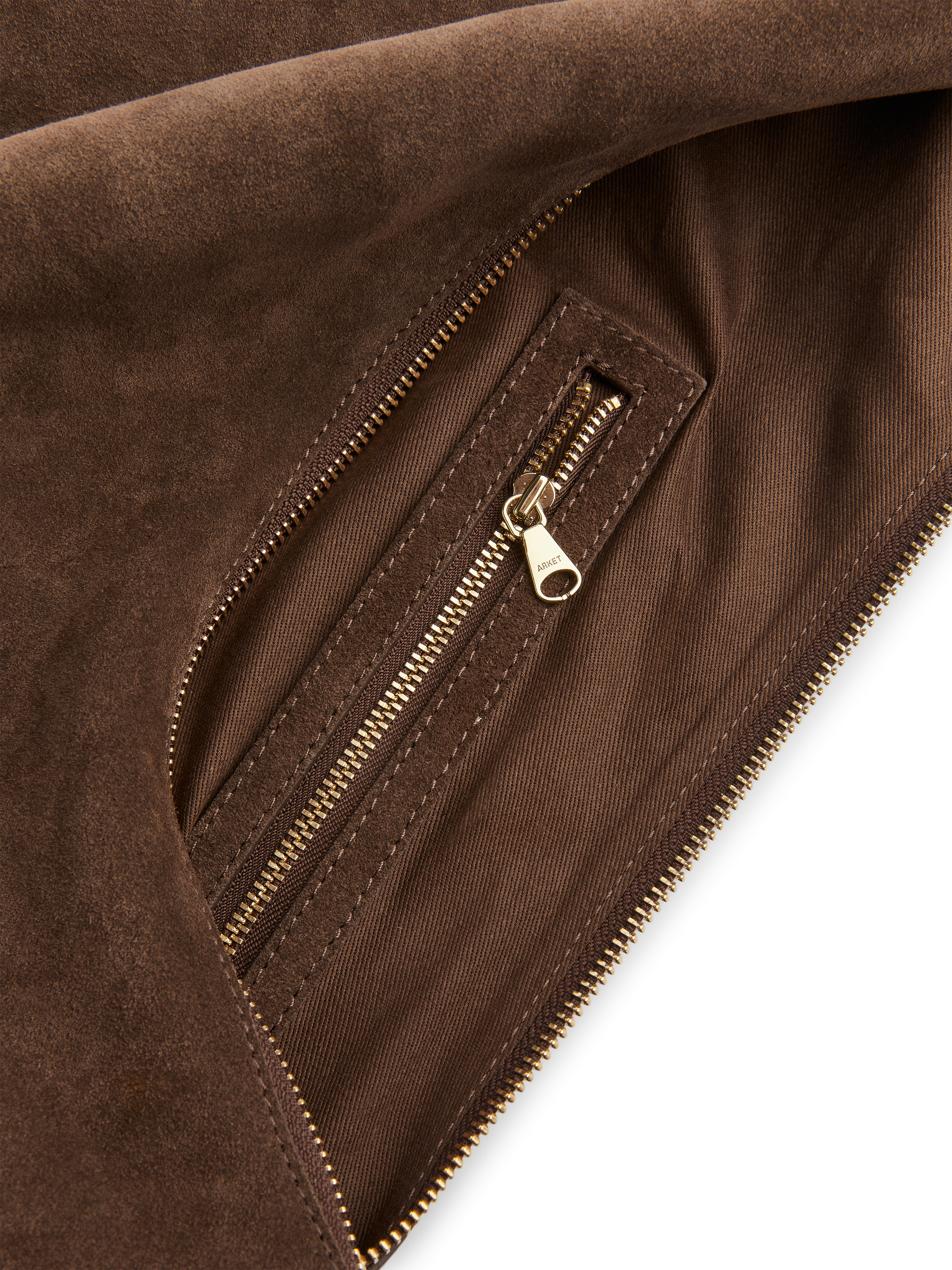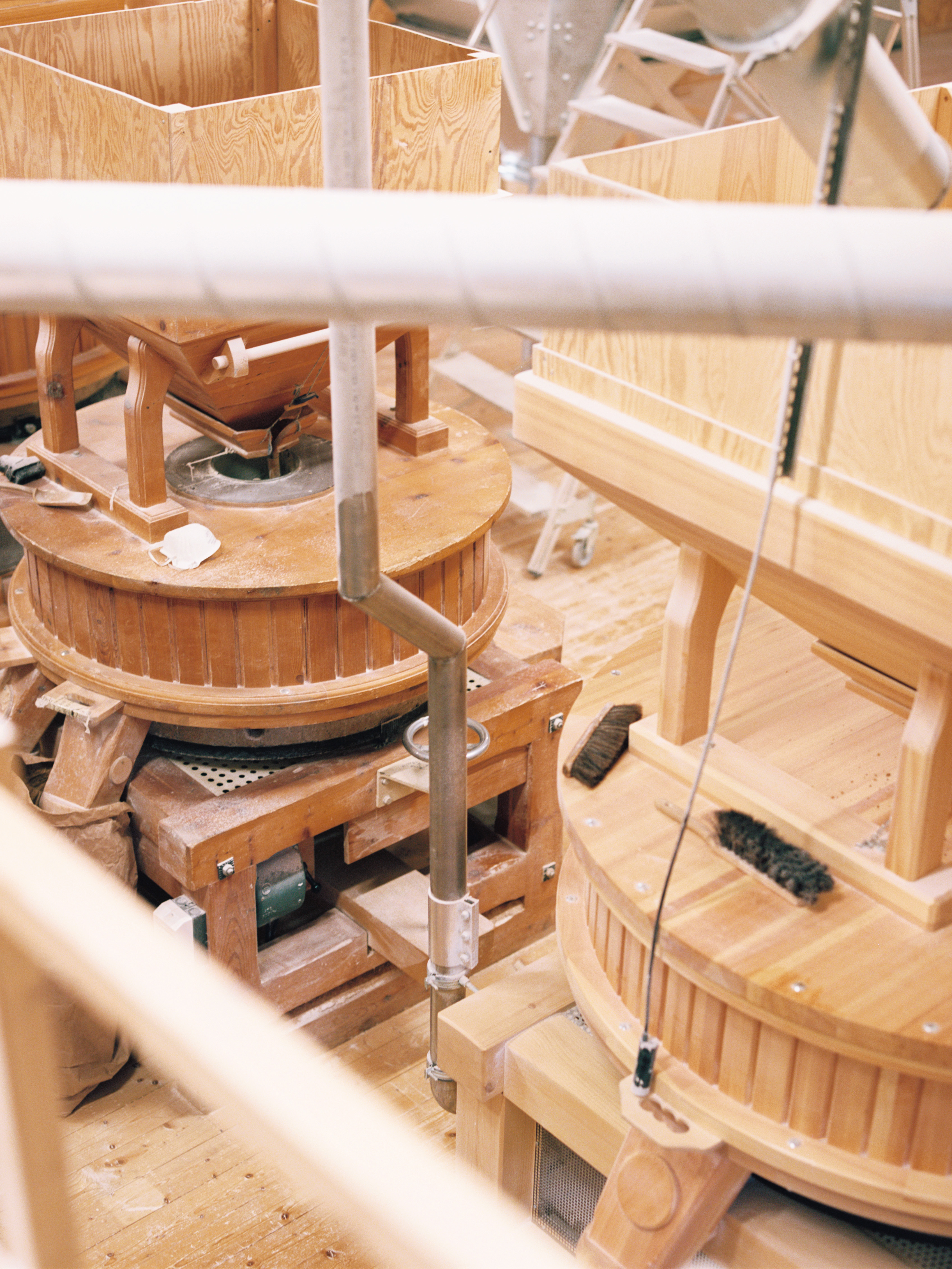Knowledge Polka dot fabrics were designed as part of a massive polka trend in the mid-1800s, spreading from its peasant roots in Central Europe to urban Paris and London and later to the United States.
The term ‘polka dots’ was first used in an American women’s magazine in 1857, referring to a pattern composed of equally sized and arranged round dots. At the time, polka, a Bohemian half-step folk dance, had spread from its peasant roots in central Europe to become the biggest musical and social trend in Paris, then London, and later the United States.
Because of its massive popularity in the mid-19th century, contemporary products were often marketed by having the ‘polka’ prefix attached to them. Various foods, home decor and pieces of clothing – sometimes dotted and sometimes not, and usually not at all connected to the actual dance – became part of the polka wave. The Swedish ‘polkagris’, a striped peppermint candy stick invented in 1859, is one such example. In France, on the other hand, polka dots are referred to as peas, in Spain as little moons, and in Germany as coins.After their initial peak in the latter half of the 1800s, polka-dot fabrics became popular again in the 1920, especially in America, appearing on children’s clothes, women’s dresses, nightwear, and bedding. The early 1940s saw a great revival of printed dots and the polka pattern was described in the American press as clean, democratic, and ‘patriotic’. When Christian Dior’s extravagant New Look was introduced in Paris after the world war, polka dots were used in hour-glass evening dresses and ball gowns, signifying romance and traditional femininity. Since then, the pattern has mainly become associated with the optimistic and cheerful fashion of the 1950s, and today it is a popular visual theme in childrenswear.



